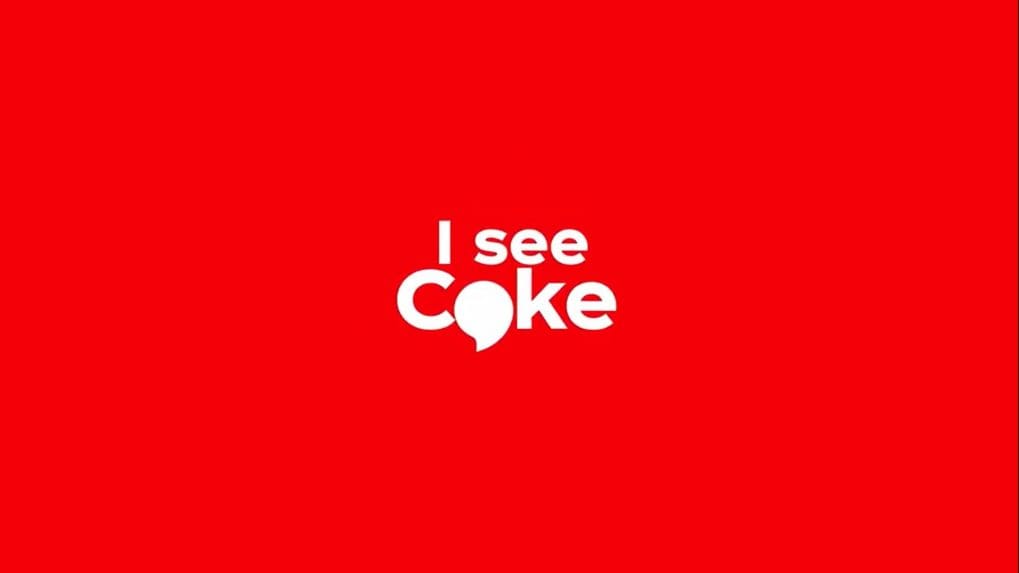Global Ads Spotlight: Here's how Cola-Cola hacked screentime with Alexa skill in KSA
Coca-Cola grabs screen time in Saudi Arabia with a clever Alexa hack that turns movie moments into instant cravings—and conversions. Read and watch in our Global Ads Spotlight column!
ADVERTISEMENT
How do you break through a wall built by your fiercest rival, especially when that wall is bright blue and deeply entrenched in culture? If you're Coca-Cola in Saudi Arabia, you don’t just push product—you hack pop culture. Enter “I See Coke,” the brand’s surprisingly clever, tech-meets-TV campaign that just might be the future of interactive advertising.
Let’s break this down: in the Kingdom of Saudi Arabia, Pepsi has long been the drink of choice—higher consideration, deeper love, louder spend. Coke? Not that much.
Also Read: Global Ads Spotlight: When AI met Animal Welfare in a Pedigree campaign to boost pet adoptions
So the brand got creative and found a way to sneak into Saudi living rooms during their favourite pastime—streaming.
'I See Coke' is an AI-fuelled Alexa skill that listens while you’re watching your favourite shows. Every time Coca-Cola appears on-screen—whether it’s Eleven crushing a can in Stranger Things or Kevin McAllister sipping it in Home Alone 2—Alexa pipes up with a special offer. No app download, no annoying setup. Just "Coke just showed up. Want one?" vibes.
The execution
- Coke catalogued thousands of hours of content and used machine learning to tag every Coke placement—yes, every background bottle and logo flash.
- Alexa gives a unique, show-specific reply (in Arabic and English), making every encounter feel tailored.
- Viewers could instantly claim offers or even get a Coke delivered. Watching became shopping.
The results? Red-hot fizz
- +234% brand awareness
- 96% offer redemption rate
- Most mentioned brand to Alexa (globally)
In a country where e-commerce is still catching up, Coke leapfrogged the logistics and plugged right into an everyday moment—Netflix and chill, meet Coke and click.
Awards:
- Cannes Lions 2024 Shortlist (Commerce & Innovation)
- MENA Effies – Gold in Tech-Enabled Commerce
- D&AD Pencil Nominee – Digital Transformation
Why it worked
Coke didn't just create an ad. It created an experience. It leveraged a century of product placement history, baked it into tech, and made it frictionless. It's smart, it's sneaky (in a good way), and it shows how brands can merge nostalgia with next-gen behaviour to win hearts—and carts.
Also Read: Global Ads Spotlight: 'We are Ayenda' and an inspiring journey of escape from oppression
Also Read: Global Ads Spotlight: Michael CeraVe's ultimate skincare prank that stole the Super Bowl thunder

